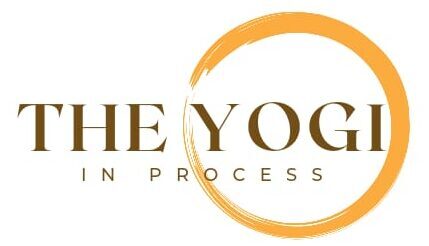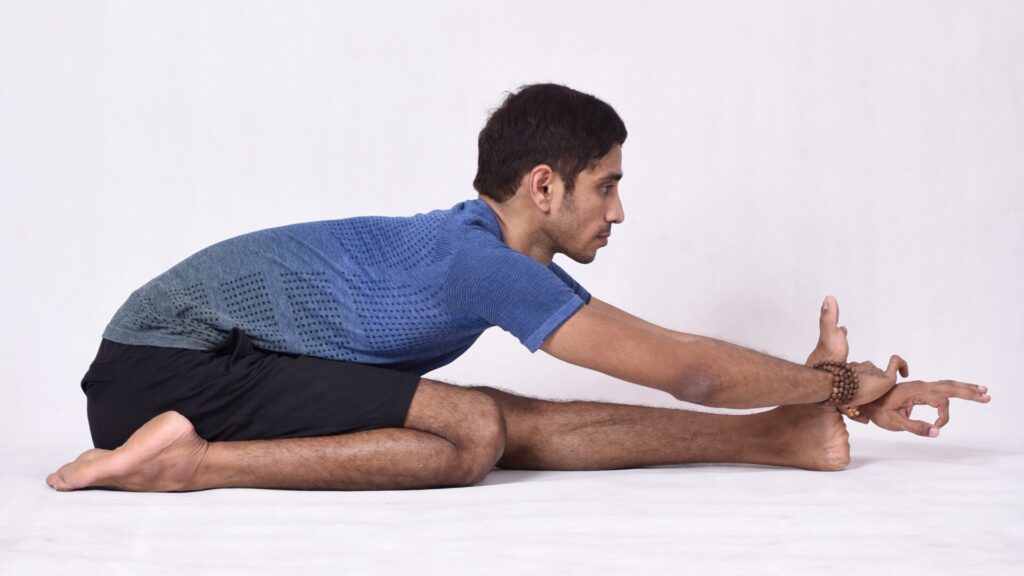People often struggle with self-acceptance, as numerous studies suggest that the majority of individuals are dissatisfied with their appearance and wish to change something about themselves. This dissatisfaction extends to how they feel about their bodies, and this self-rejection is often reflected in their yoga practice. For instance, when beginners attempt a wide-angle forward bend, they may feel inadequate because they cannot rest their head on the mat, which they perceive as the only acceptable variation. However, if the body isn’t ready—due to tight hamstrings, misaligned feet, or a flexed back—forcing the pose can lead to a negative experience. This happens because the focus is on rejecting the body rather than accepting its current limitations. When a teacher suggests using support, the advice may go unheeded. Instead, the best approach is to use props, maintain a straight spine and legs, and gradually build flexibility over time through consistent practice.
This rejection of the body in certain postures often leads to disliking those practices altogether. However, yoga is meant to transcend personal likes and dislikes. It is not about achieving perfect poses or ideal photos but about accepting the practice as a tool to move beyond physical limitations. By focusing on the body’s sensations, the breath, and the mind, the journey becomes inward. Externally, you may appear stiff or imperfect, but internally, you are progressing in the right direction. This is a message many yoga teachers strive to convey, though it often gets lost in regular classes.
Another form of rejection occurs when practitioners judge others or different styles of yoga. For example, an Iyengar practitioner might attend an Ashtanga or Vinyasa class and immediately start critiquing others’ alignment, posture duration, or use of support. This judgment stems from a lack of acceptance of the class or style. In Ashtanga, the focus is on Ujjayi Pranayama, rhythmic movement, and synchronised breath with motion. If you’re preoccupied with judging others, you miss the essence of the practice. Accepting the class and style you’re in brings inner peace and eliminates mental conflict during the session.
Similarly, people often struggle to accept their instructors. For instance, if you travel to a new place and attend a yoga class, you might compare the new teacher to a previous one and focus on their perceived shortcomings. This lack of acceptance creates stress and negativity. The best approach is to either accept the instructor as they are or refrain from practicing altogether to avoid accumulating negative experiences.
Yoga involves multiple layers of understanding, each requiring acceptance. On a psychological level, during practices like Pranayama or Dharana meditation, people often try to stop their thoughts entirely, which is impossible. Just as we cannot stop our heartbeat or digestion, we cannot halt the mind’s natural tendency to think. The goal of meditation is not to stop thoughts but to observe them without attachment. Similarly, in Pranayama, if your breath lacks depth or you cannot hold it for long, frustration may arise. Instead of rejecting yourself, accept your current capacity. For example, in Surya Bhedana Pranayama, if you feel exhausted after 8–10 repetitions, pause, take a few breaths, and resume when ready. This acceptance allows you to restart from where you are, which is the only place from which progress can begin.
Many people use their perceived limitations as excuses to avoid yoga, saying, “I’m too stiff to practice” or “I can’t touch my toes.” This is just like saying, “I won’t go to the doctor because I’m sick.” The very reason to practice yoga is to address these limitations. Acceptance is key—whether it’s internal, external, or related to your current physical state. Only by starting from where you are can you truly progress.
Yoga, like a flower, requires time to bloom and bear fruit. The question is, are you giving it that time? Meditate on this idea. Practice acceptance in every asana, begin with a mindset of acceptance, and observe how it transforms your life.a is to address these limitations. Acceptance is key—whether it’s internal, external, or related to your current physical state. Only by starting from where you are can you truly progress.


